Table of Contents
Navigating a low histamine recipes diet can seem daunting, but with the right guidance, it’s entirely possible to create flavorful, nutritious meals that support your health. This article explores low-histamine recipes, essential cooking tips, and creative meal ideas while weaving in related content from Trips Recipes to broaden your culinary horizons.
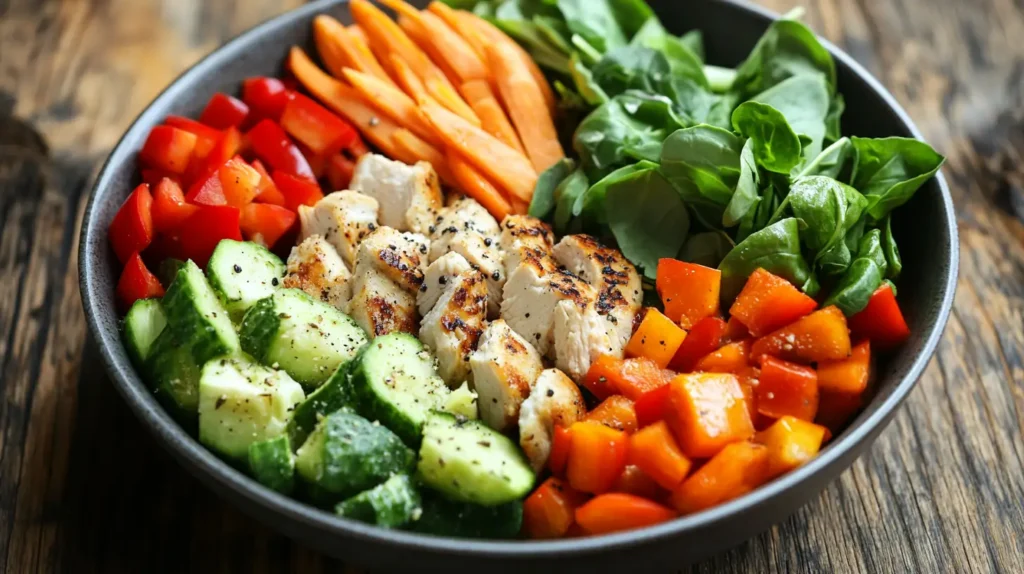
Understanding Histamine and Its Effects
What is Histamine?
Histamine is a naturally occurring compound found in the body, playing a crucial role in several physiological processes. It is a part of the immune system and acts as a chemical messenger. Histamine is stored in certain cells and released during immune responses, such as allergic reactions. It contributes to processes like inflammation, regulation of stomach acid, and communication within the brain.
In addition to being produced by the body, histamine is present in various foods. While the body can generally process and regulate histamine levels, some people may struggle with its breakdown, leading to histamine intolerance.
Symptoms of Histamine Intolerance
Histamine intolerance occurs when there’s an imbalance between histamine levels and the body’s ability to break it down. This imbalance can lead to a variety of symptoms, which may include:
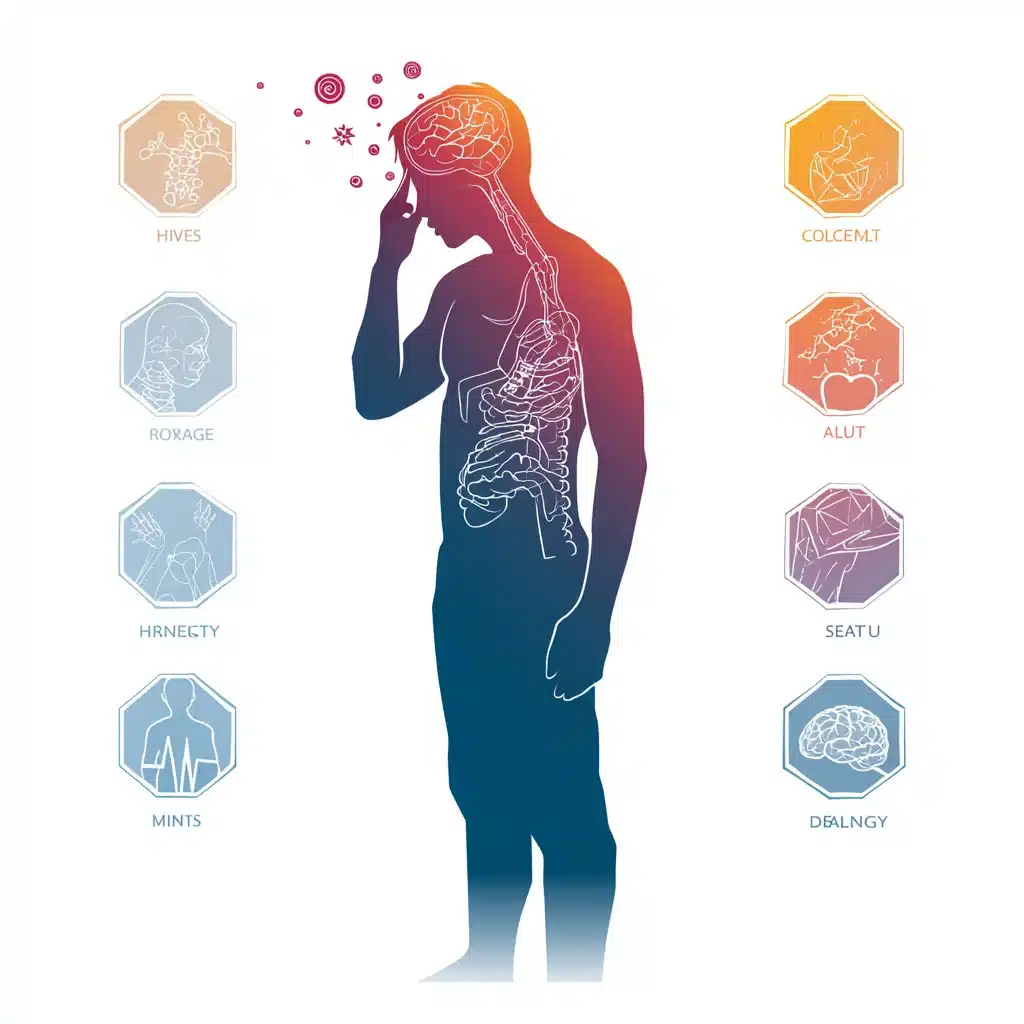
- Digestive Issues: Bloating, diarrhea, or abdominal pain after eating high-histamine foods.
- Headaches or Migraines: Frequent or severe headaches are a common symptom.
- Skin Reactions: Hives, flushing, or itching after consuming certain foods.
- Respiratory Symptoms: Nasal congestion, runny nose, or difficulty breathing.
- Cardiovascular Effects: Rapid heart rate or low blood pressure.
- Neurological Symptoms: Dizziness, anxiety, or trouble concentrating.
Since these symptoms overlap with other conditions, diagnosing histamine intolerance can be challenging. Consulting a healthcare professional and keeping a food diary can help identify triggers.
Foods High in Histamine
Certain foods naturally contain histamine or can trigger the body to release it. Identifying and limiting these foods is essential for managing histamine intolerance. Common high-histamine foods include:
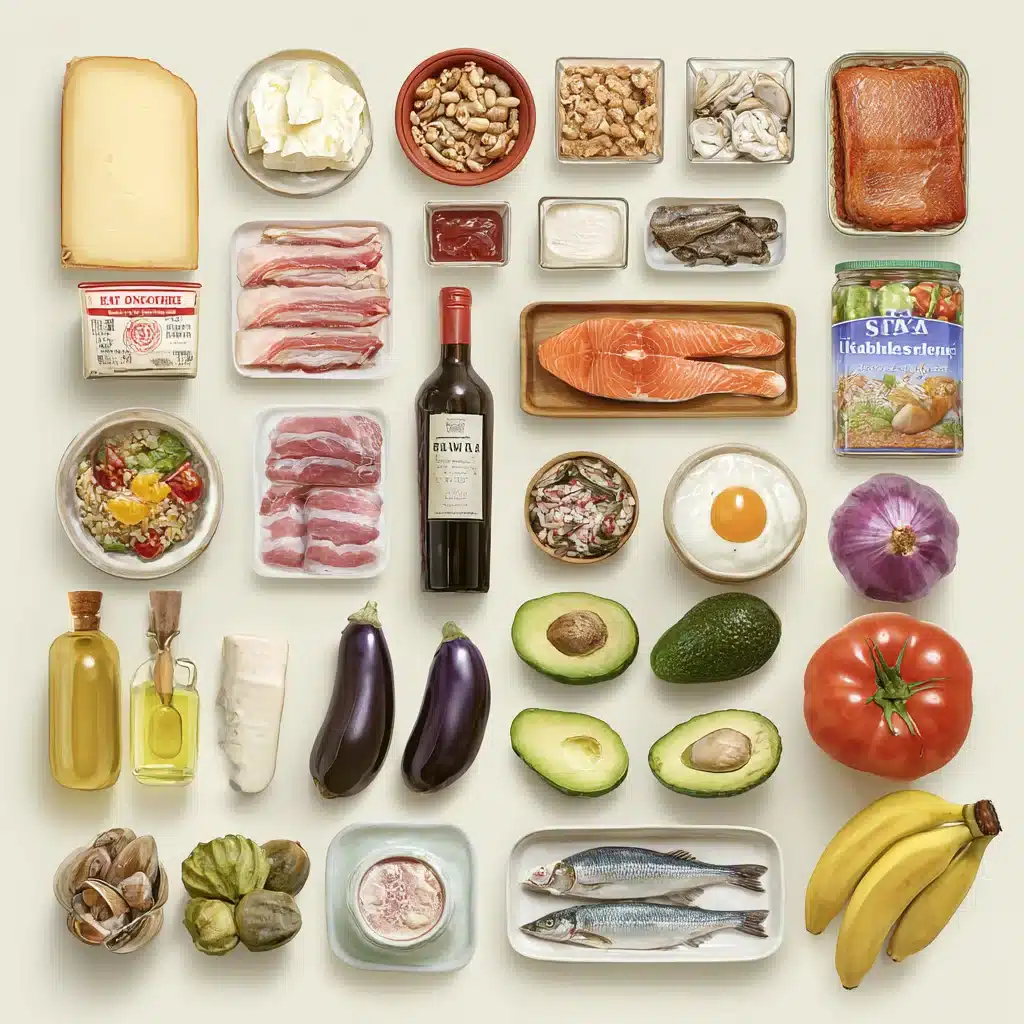
- Aged and Fermented Foods:
- Aged cheeses (cheddar, blue cheese, Parmesan)
- Fermented products (sauerkraut, kimchi, soy sauce)
- Alcoholic beverages like wine and beer.
- Processed and Preserved Foods:
- Smoked or cured meats (salami, bacon)
- Canned fish (tuna, sardines).
- Certain Fruits and Vegetables:
- Tomatoes, spinach, and eggplants.
- Avocados, bananas, and citrus fruits.
- Seafood:
- Shellfish and certain fish, especially if not consumed fresh.
- Beverages:
- Fermented drinks like kombucha.
- Tea varieties like black tea.
While avoiding these foods is key to managing symptoms, it’s equally important to focus on low-histamine alternatives that support a balanced and nutritious diet.
For example, using recipes like the immunity shots recipe can help you boost your immune system naturally while sticking to low-histamine ingredients.
Benefits of a Low Histamine Diet
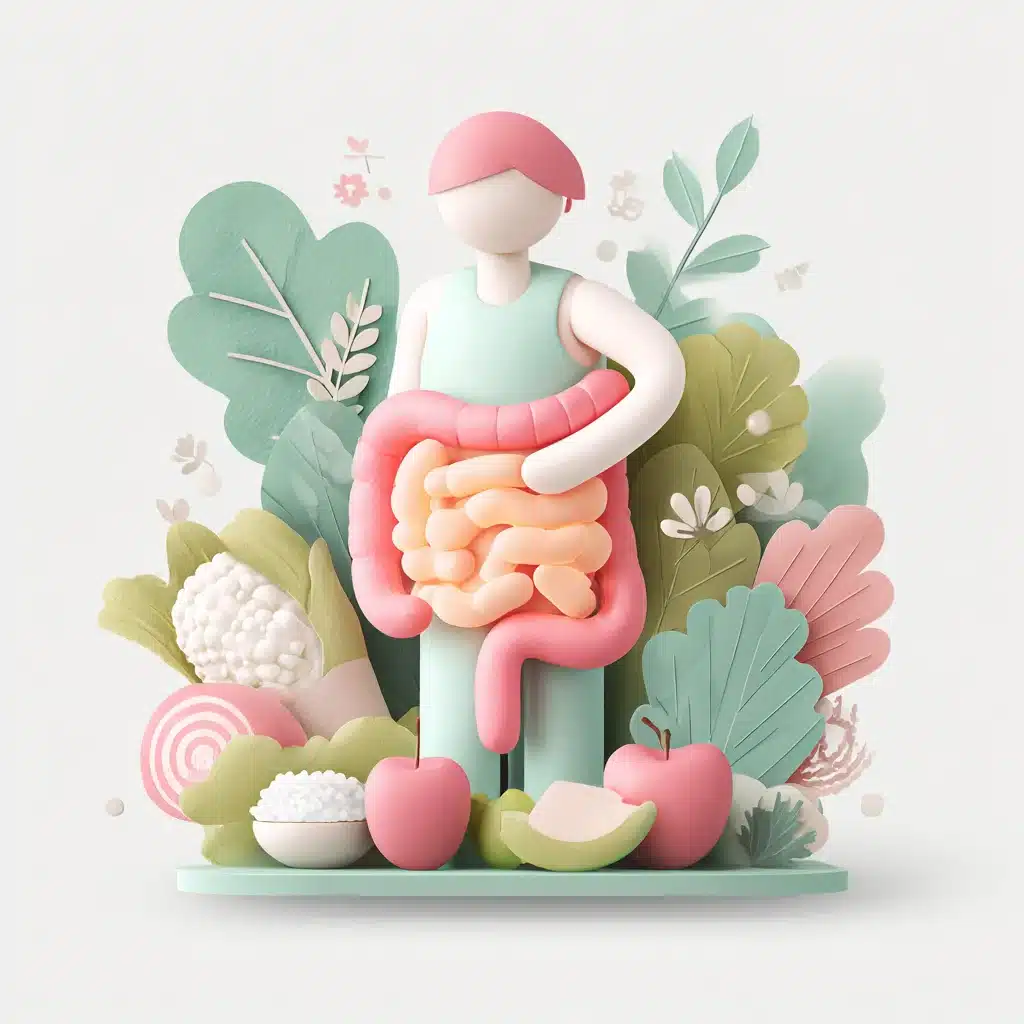
Improved Digestive Health
One of the primary benefits of adopting a low histamine diet is the significant improvement it can bring to digestive health. Histamine intolerance often manifests in the gastrointestinal system, leading to symptoms such as bloating, diarrhea, constipation, and abdominal pain. By reducing the intake of high-histamine foods, individuals can alleviate these uncomfortable symptoms and support their gut health.
Low histamine diets emphasize fresh, unprocessed foods, which are generally easier on the digestive system. They help reduce inflammation in the gut lining, promoting better nutrient absorption and a more balanced gut microbiome. Over time, this can result in fewer digestive disturbances and improved overall well-being.
Reduced Allergy Symptoms
Histamine plays a pivotal role in allergic reactions, as it is released by the immune system in response to allergens. For individuals sensitive to histamine, this can exacerbate symptoms such as nasal congestion, sneezing, itching, and skin rashes. A low histamine diet can help mitigate these reactions by minimizing the histamine load on the body.
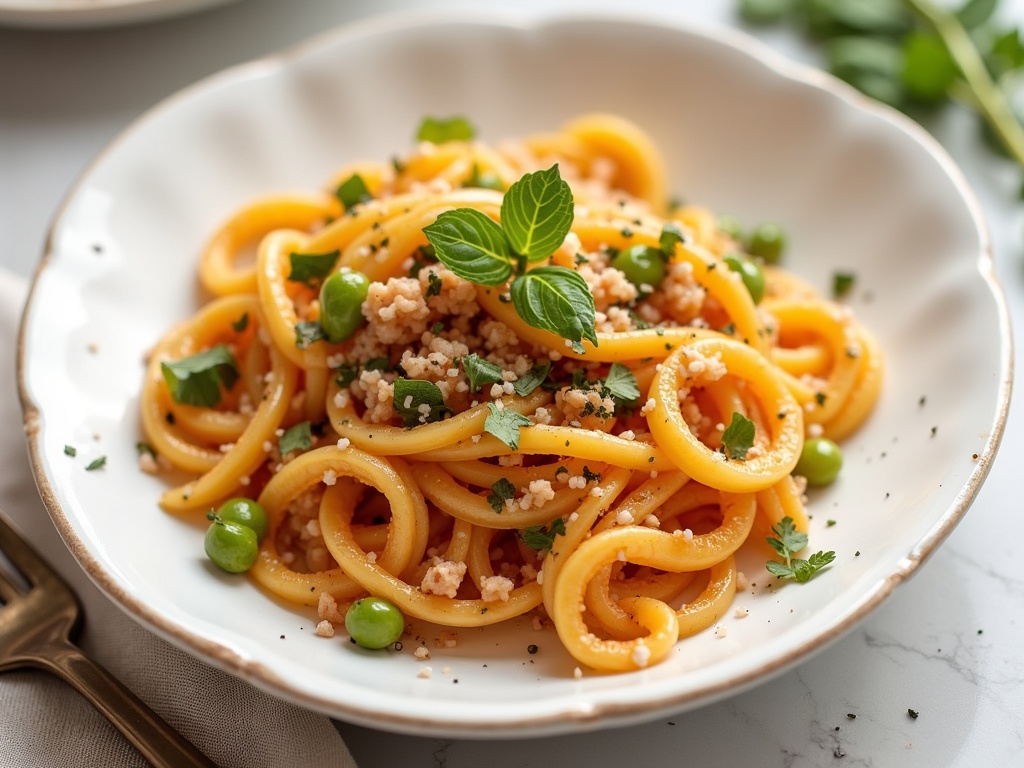
By avoiding foods that are high in histamine or that trigger histamine release, individuals can experience a significant reduction in allergy-like symptoms. This is especially beneficial for those with chronic conditions such as eczema, hives, or seasonal allergies. Coupled with an overall anti-inflammatory effect, the diet can help restore comfort and improve quality of life.
Enhanced Energy Levels
Fatigue is a common complaint among individuals dealing with histamine intolerance. This is often a result of histamine’s impact on the central nervous system, as well as the general inflammation it can cause throughout the body. High levels of histamine can disrupt sleep, cause brain fog, and leave individuals feeling drained.
Switching to a low histamine diet can lead to noticeable improvements in energy levels. By reducing histamine-induced inflammation and its effects on neurotransmitters, many people find they can sleep more soundly and feel more alert during the day. Additionally, the focus on fresh, whole foods provides the body with essential nutrients that further enhance vitality and stamina.
By addressing these key areas, a low histamine diet not only alleviates symptoms but also supports overall health and well-being.
For versatile meal ideas, check out recipes for fresh proteins or creative pairings like the chicken and yellow rice recipe.
Essential Ingredients for Low Histamine Recipes
Fruits and Vegetables to Include
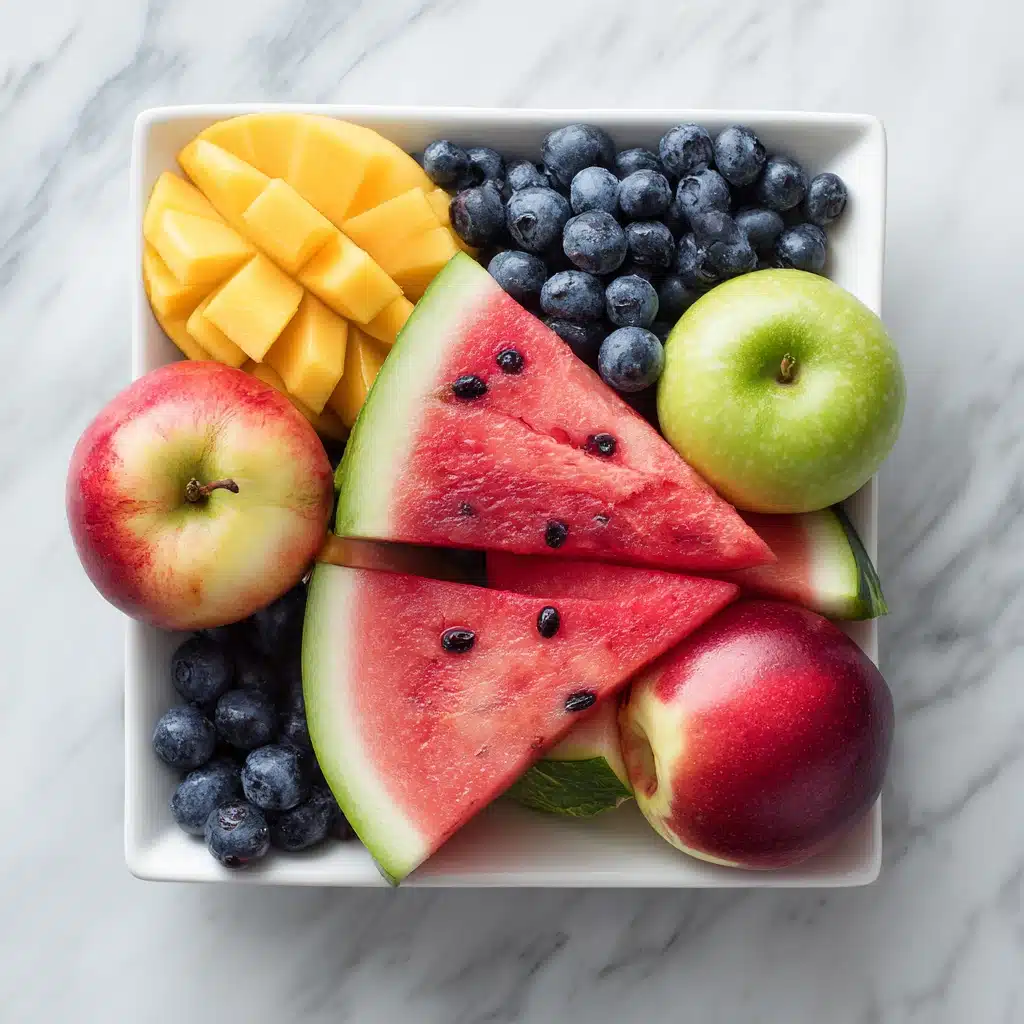
A cornerstone of a low histamine diet is incorporating fresh, nutrient-rich fruits and vegetables that are naturally low in histamine. These provide essential vitamins, minerals, and antioxidants while avoiding the triggers commonly found in high-histamine produce.
Fruits:
- Apples: A versatile, low-histamine option that can be eaten fresh or cooked.
- Pears: Gentle on digestion and ideal for snacking or desserts.
- Blueberries: A nutrient-packed berry that is generally well-tolerated.
- Watermelon: Hydrating and refreshing, perfect for summer recipes.
- Mangoes: Sweet and nutritious, but should be consumed in moderation if sensitive.
Vegetables:
- Leafy Greens: Such as lettuce, kale, and Swiss chard.
- Zucchini and Squash: Mild-flavored and ideal for soups, stir-fries, and baked dishes.
- Carrots and Parsnips: Naturally sweet and suitable for roasting or adding to stews.
- Sweet Potatoes: A nutritious starch that adds natural sweetness to meals.
- Green Beans: A simple, low-histamine vegetable that complements many dishes.
Focusing on fresh and organic produce minimizes exposure to pesticides and preservatives, which can exacerbate histamine sensitivity.
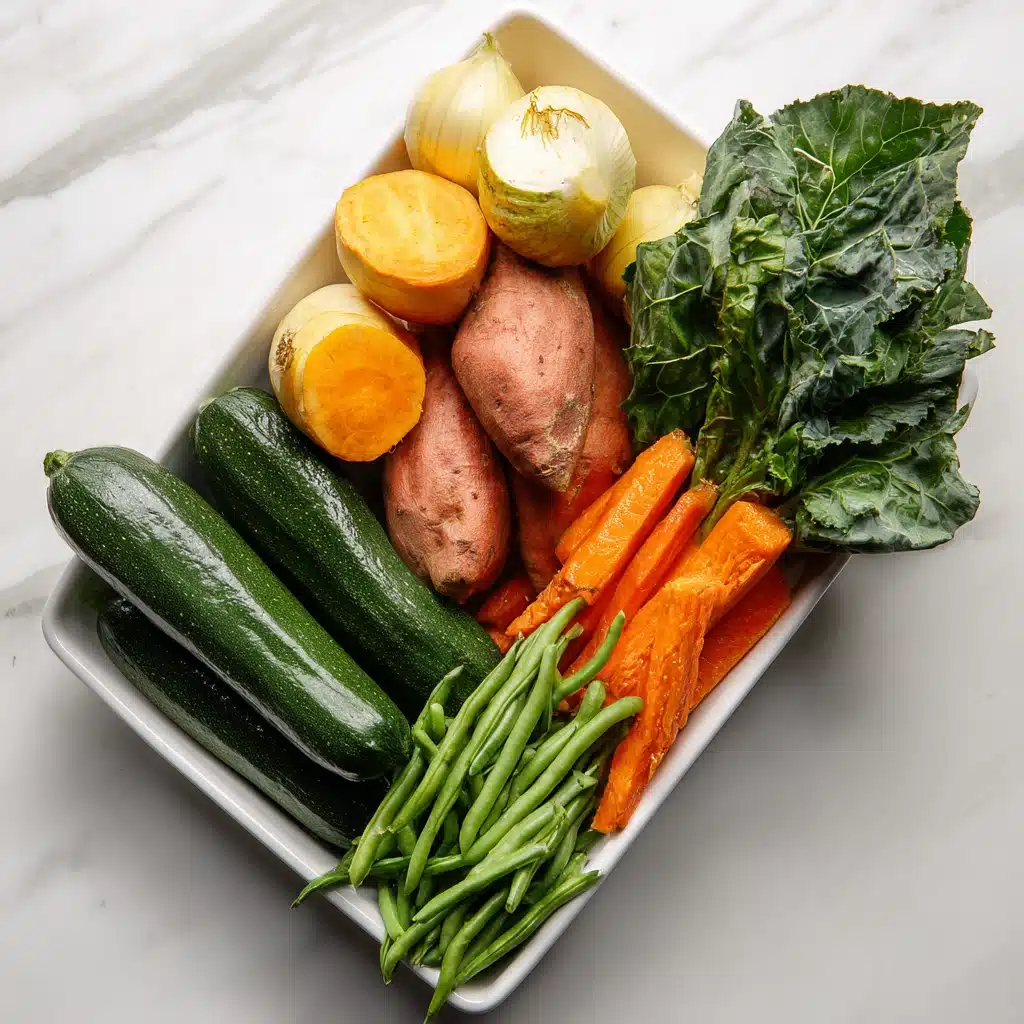
Protein Sources for a Balanced Diet
Proteins are vital for building and repairing tissues, but choosing the right ones is crucial for maintaining a low histamine diet. Many protein-rich foods, like aged meats and fish, are high in histamine. However, there are plenty of fresh, low-histamine alternatives:
- Fresh Chicken and Turkey: Opt for organic, hormone-free options and avoid processed deli meats.
- Fresh Fish: White fish such as cod, haddock, and sole are typically low in histamine when consumed fresh.
- Eggs: A complete protein source that is easy to prepare in a variety of ways.
- Legumes: While some legumes may be problematic for sensitive individuals, green peas and mung beans are often well-tolerated.
- Tofu (Fresh, Non-Fermented): A plant-based protein that can be used in many low-histamine recipes.
When selecting proteins, ensure they are freshly prepared, as histamine levels can increase significantly in leftovers or improperly stored foods.
Healthy Fats and Oils
Incorporating healthy fats into a low histamine diet provides essential fatty acids and enhances the flavor of meals. Fortunately, there are several options that are both nutritious and low in histamine:
- Olive Oil: A staple in low histamine cooking, excellent for dressings and sautéing.
- Coconut Oil: A versatile fat that works well in both sweet and savory dishes.
- Avocado Oil: Although avocados themselves can be high in histamine for some, the oil is generally well-tolerated.
- Butter (Ghee): Clarified butter, or ghee, is a great option for those who tolerate dairy derivatives.
- Flaxseed and Chia Seeds: These provide omega-3 fatty acids and can be used in baking or sprinkled over meals.
These fats and oils not only contribute to the flavor and texture of dishes but also support overall health by providing essential nutrients and aiding in the absorption of fat-soluble vitamins.
By incorporating these essential ingredients, you can craft a diverse array of delicious, low histamine recipes that are both satisfying and nourishing.
Breakfast Recipes
Low Histamine Recipes Smoothie Ideas
Starting the day with a nutrient-packed, low histamine smoothie is both refreshing and energizing. Here are some ideas to try:
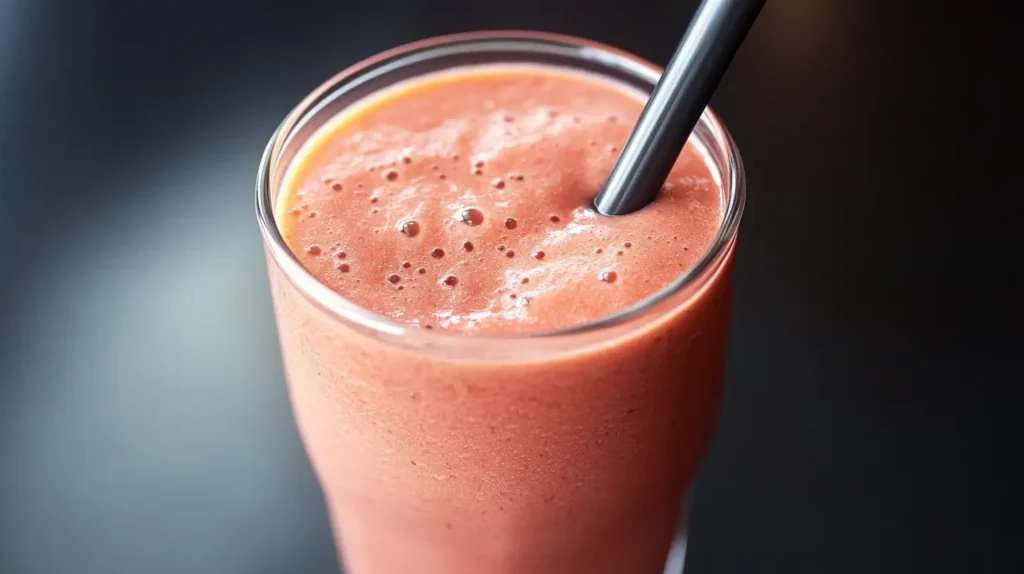
- Apple and Blueberry Smoothie: Blend fresh apples, blueberries, coconut milk, and a touch of maple syrup for sweetness.
- Pear and Spinach Smoothie: Combine ripe pears, fresh spinach, water, and chia seeds for a green energy boost.
- Watermelon Mint Cooler: Blend watermelon chunks, fresh mint leaves, and ice for a hydrating breakfast option.
- Banana-Free Mango Delight: Blend mango with almond milk, a handful of flaxseeds, and a dash of vanilla extract.
Avoid adding high-histamine ingredients like yogurt, bananas, or citrus fruits to keep the smoothies gentle on the system.
Histamine-Friendly Pancakes and Waffles
Fluffy, homemade pancakes and waffles can be made histamine-friendly with a few adjustments:
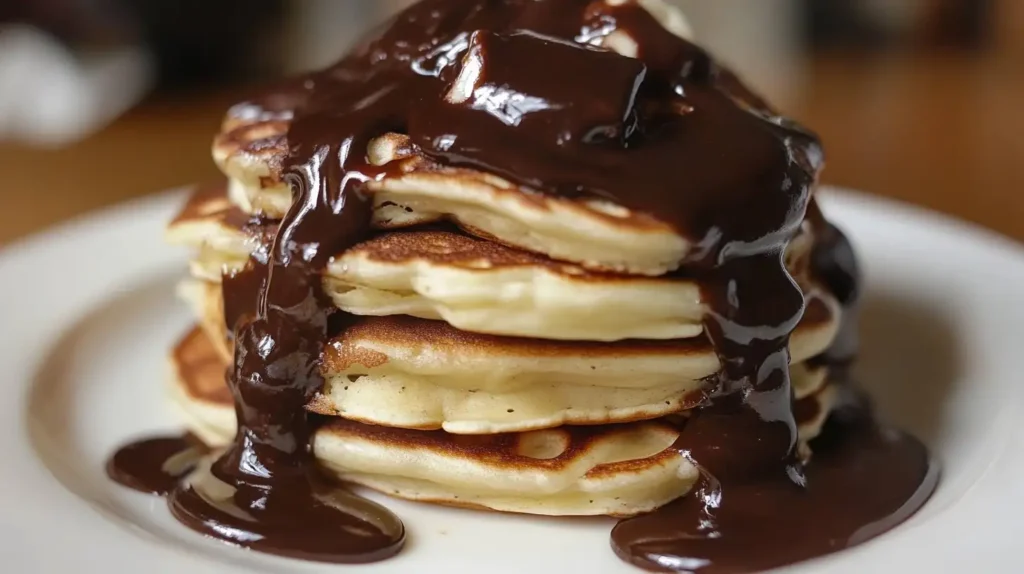
- Gluten-Free Pancakes: Use rice flour or buckwheat flour combined with eggs, almond milk, and a little baking soda. Top with fresh pear slices or a drizzle of honey.
- Oat Waffles: Blend rolled oats with water or coconut milk to create a waffle batter. Serve with a light blueberry compote made by simmering fresh blueberries with a splash of water.
- Sweet Potato Pancakes: Mash steamed sweet potatoes and mix with egg, a bit of cinnamon, and rice flour for a naturally sweet option.
These recipes skip traditional dairy and leavening agents that may increase histamine levels.
For a more indulgent twist, consider adapting recipes like the creme brulee recipe by swapping high-histamine ingredients for suitable alternatives.
Lunch Recipes
Low Histamine Recipes Salads
Salads are a light yet satisfying lunch option. Opt for fresh, low histamine ingredients:
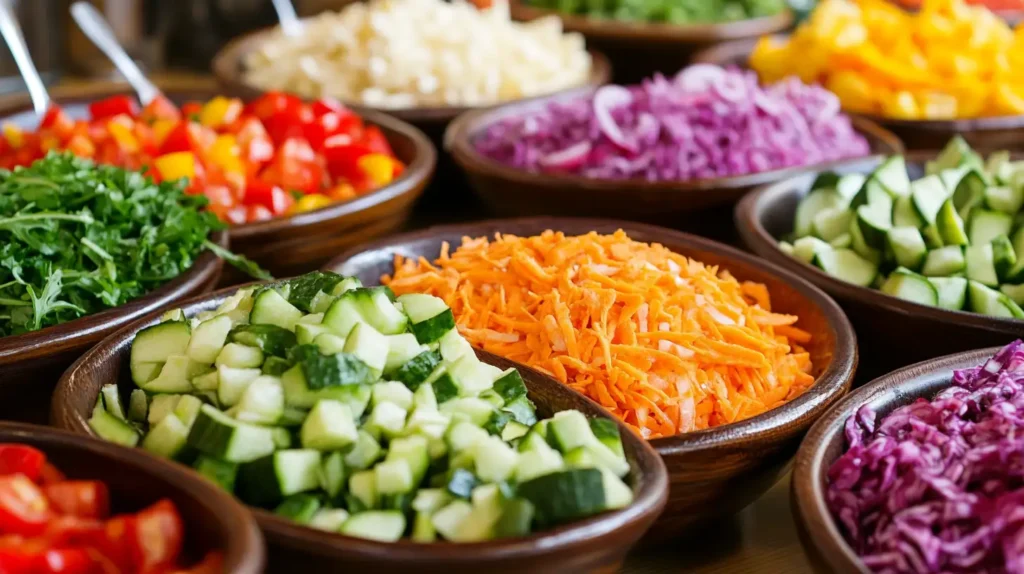
- Green Garden Salad: Combine lettuce, cucumber, zucchini, and grated carrots with a dressing of olive oil, lemon zest (not juice), and salt.
- Chicken and Apple Salad: Toss shredded fresh-cooked chicken, diced apples, and lettuce with a touch of olive oil and a sprinkle of chia seeds.
- Quinoa and Herb Salad: Mix cooked and cooled quinoa with parsley, zucchini, and a splash of avocado oil.
Add fresh herbs like parsley and dill for flavor without the risk of histamine buildup.
Sandwich and Wrap Ideas
Histamine-friendly sandwiches and wraps are quick and easy:
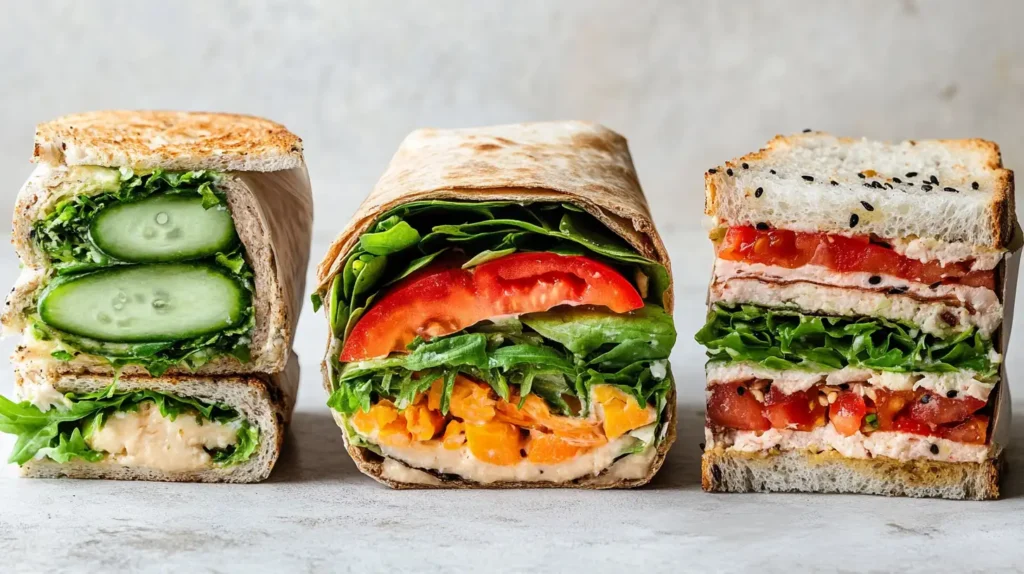
- Turkey Lettuce Wraps: Fill large lettuce leaves with slices of fresh turkey, thinly sliced cucumber, and a drizzle of olive oil.
- Egg Salad Sandwich: Use freshly boiled eggs mixed with a little olive oil and served on rice bread.
- Vegetable Wrap: Wrap shredded carrots, zucchini, and baby spinach in a coconut flour tortilla, paired with a light tahini drizzle.
Avoid aged cheeses, cured meats, and mayonnaise in these recipes to stay within the low histamine range.
Dinner Recipes
Simple and Quick Low Histamine Recipes for Dinners
Dinner doesn’t have to be complicated to be delicious:
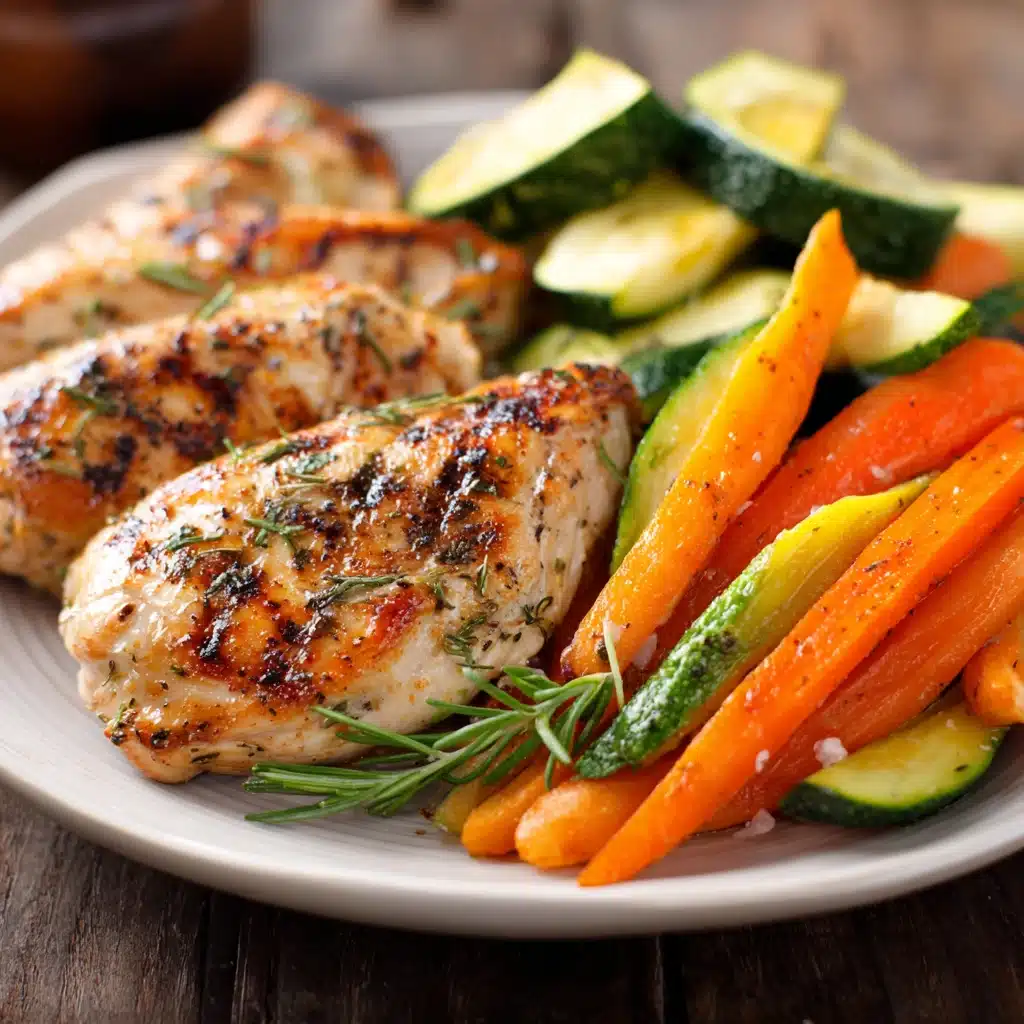
- Grilled Chicken with Steamed Veggies: Season chicken with salt and olive oil, grill, and serve with steamed zucchini and carrots.
- Baked White Fish: Bake cod or haddock with olive oil, fresh parsley, and a side of roasted sweet potatoes.
- Vegetable Stir-Fry: Sauté zucchini, green beans, and carrots in coconut oil and serve with white rice.
Gourmet Low Histamine Recipes Meals
For special occasions, try these elevated low histamine options:
Pan-Seared Sole with Herb Sauce: Lightly pan-sear sole fillets in olive oil and serve with a parsley and garlic sauce made fresh.
Herb-Crusted Turkey Breast: Roast turkey breast coated with fresh rosemary and thyme, paired with mashed sweet potatoes.
Quinoa-Stuffed Bell Peppers: Fill bell peppers with a mixture of cooked quinoa, zucchini, and parsley, then bake until tender.
Explore flexible ideas like backpacking recipes for meal inspiration on the go.
Snack Options
Easy-to-Make Snacks
Quick and satisfying snacks are essential for keeping hunger at bay:
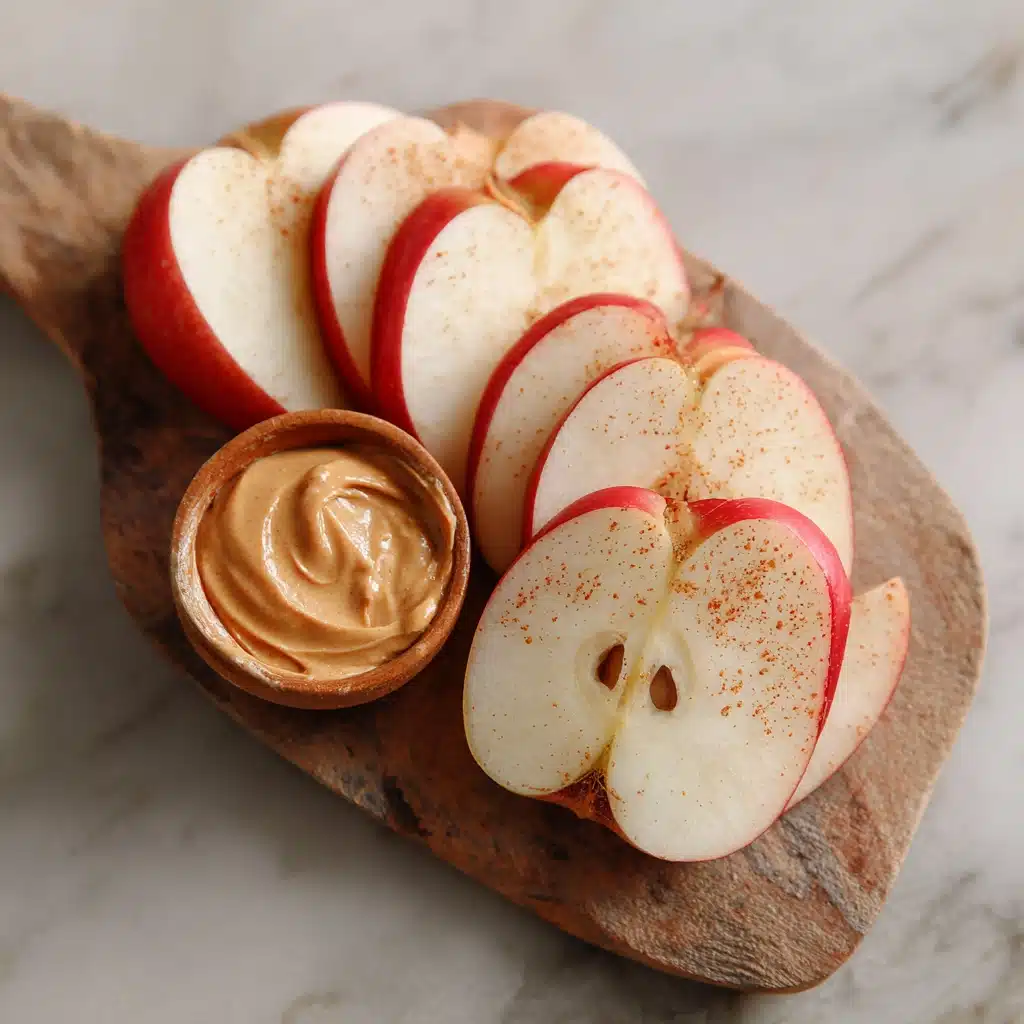
- Apple Slices with Almond Butter: A simple and nutritious snack.
- Homemade Veggie Chips: Thinly slice zucchini or sweet potatoes, bake with a little olive oil and salt.
- Rice Cakes with Pear Slices: Top rice cakes with thinly sliced fresh pears for a light treat.
Store-Bought Options
When short on time, consider these low histamine store-bought snacks:
- Plain rice cakes or crackers.
- Fresh-cut fruits like apple or pear slices (pre-packaged if freshly packed).
- Coconut yogurt (ensure it’s plain and additive-free).
Always check ingredient labels to avoid hidden histamine triggers.
Desserts and Sweet Treats
Low Histamine Recipe Baking Recipes
Indulge in baked goods that align with your low histamine diet:
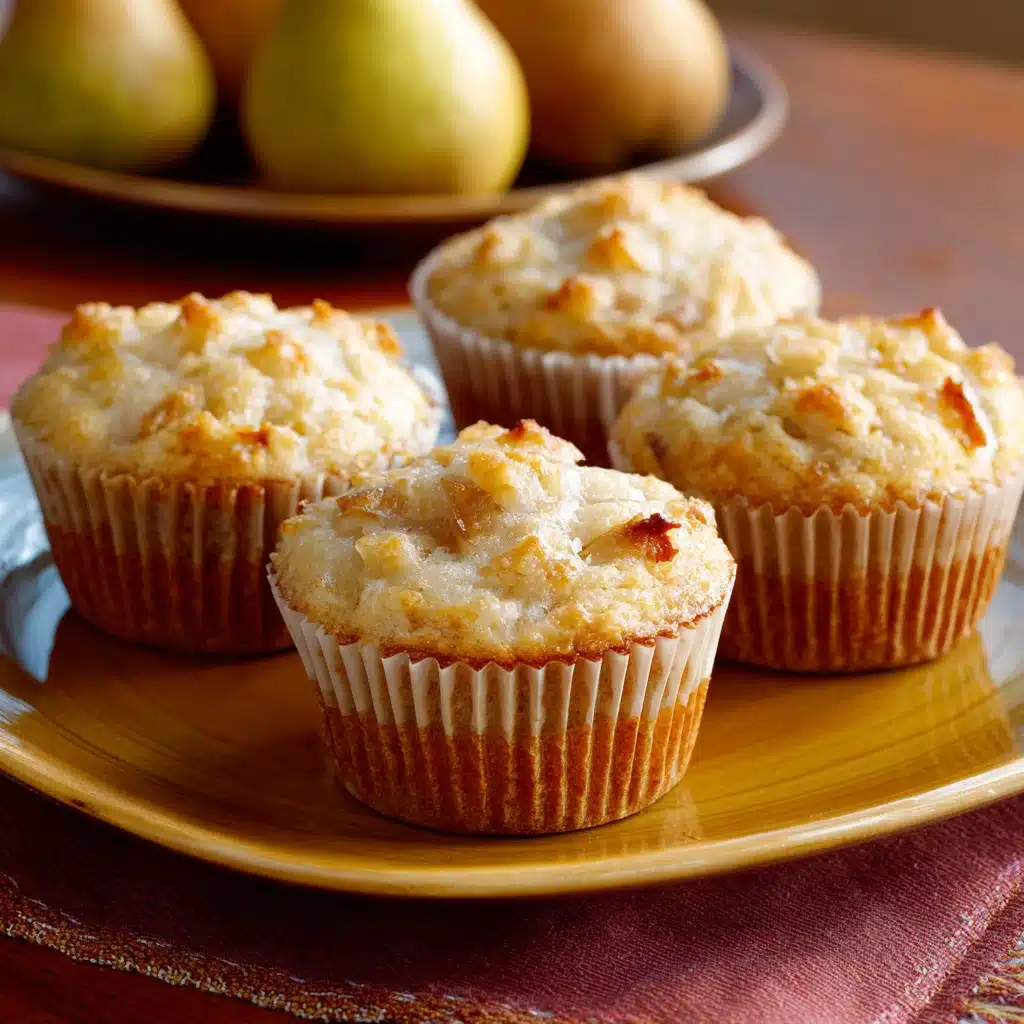
- Pear Muffins: Bake a batter of rice flour, diced pears, eggs, and almond milk for naturally sweet muffins.
- Sweet Potato Brownies: Combine mashed sweet potatoes, cocoa powder substitute (carob), and a little honey for a fudgy dessert.
Fresh and Frozen Desserts
Cooling desserts can be both delicious and histamine-friendly:
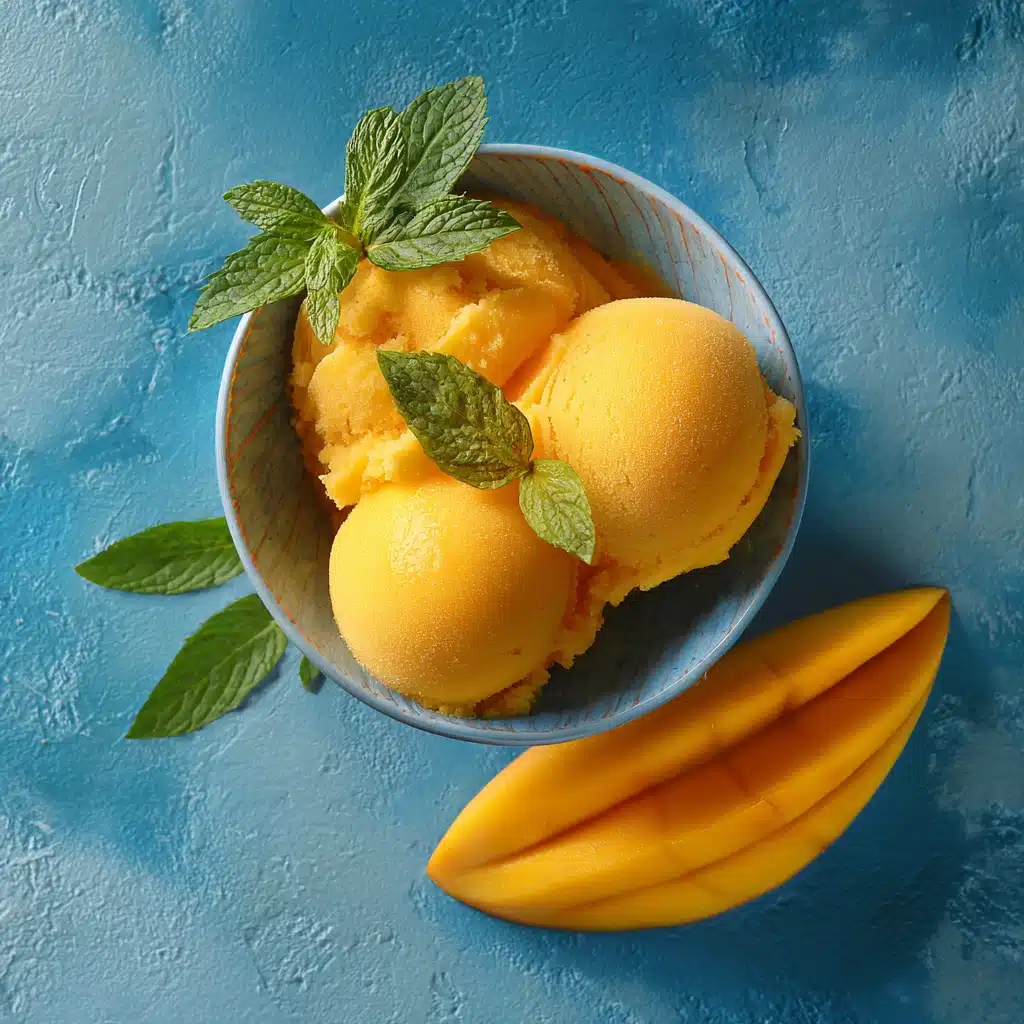
- Mango Sorbet: Blend fresh mango with water and freeze for a refreshing treat.
- Blueberry Compote Over Rice Pudding: Use fresh blueberries simmered lightly as a topping for rice pudding made with coconut milk.
- Chia Pudding: Mix chia seeds with almond milk and let it set overnight; add fresh pear slices for extra flavor.
These recipes offer a variety of low histamine options that are easy to prepare, ensuring you can enjoy delicious meals and snacks without triggering symptoms.
For more innovative dessert options, take a cue from nestle chocolate chip cookie recipes to craft low-histamine-friendly variations.
FAQs About Low Histamine Recipes
What Are Low Histamine Meals?
Low histamine meals are carefully prepared dishes that use fresh, unprocessed ingredients to minimize histamine levels. These meals are essential for individuals with histamine intolerance, helping to prevent symptoms such as headaches, skin issues, or digestive discomfort. Common examples include grilled chicken salads, vegetable stir-fries, and quinoa bowls. For more meal ideas, explore our section on low histamine recipes for lunch and dinner.
Is Pasta Okay on a Low Histamine Diet?
Yes, but it depends on the type of pasta. Freshly cooked, plain pasta made from simple ingredients like rice or gluten-free grains is generally safe. Avoid pasta containing preservatives or made from wheat if you have other intolerances. Pairing pasta with low-histamine sauces, such as olive oil and fresh herbs, makes for a great low-histamine dish. Check out our suggestions for versatile meal options.
What Is the Fastest Way to Flush Histamine?
The quickest way to flush excess histamine from your system is to stay hydrated and consume foods or supplements rich in DAO (diamine oxidase), the enzyme that breaks down histamine. Foods like fresh vegetables, herbs such as ginger, and ample water can aid this process. Incorporating recipes like immunity shots can also support your body’s natural detoxification.
Are Scrambled Eggs High in Histamine?
Scrambled eggs are considered low in histamine when freshly cooked. However, storage can increase histamine levels, so it’s essential to consume eggs immediately after preparation. Pair your scrambled eggs with low-histamine sides like steamed vegetables for a balanced breakfast. Discover other suitable breakfast ideas in ninja creami recipes.
What Foods Get Rid of Histamine?
Certain foods can help reduce histamine levels or support your body in managing it better. These include:
Fresh vegetables (e.g., zucchini, carrots, broccoli)
Certain fruits (e.g., apples, pears)
Proteins like fresh chicken or turkey For a creative way to use these ingredients, check out our low-histamine meal ideas.
What Is the Strongest Natural Antihistamine?
Quercetin is considered one of the strongest natural antihistamines. It is found in foods like apples, onions, and broccoli. Quercetin helps stabilize mast cells, preventing the release of histamine. Recipes like our vegetable stir-fry ideas can easily incorporate these natural antihistamine-rich ingredients into your diet.
Final Thoughts
With a little creativity and the right ingredients, you can make low histamine recipes a flavorful part of your lifestyle. Whether you’re preparing breakfast, lunch, or dessert, there are endless possibilities to explore. Don’t forget to visit Trips Recipes for innovative ideas like the ninja creami recipes that can be adapted for low-histamine diets.
Enjoy experimenting with fresh flavors and discovering how a mindful diet can still be exciting and delicious!
Print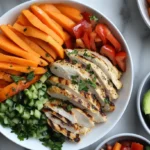
Low Histamine Recipes
- Total Time: PT30M
- Yield: 2 to 4 servings per recipe
- Diet: Gluten Free
Description
A guide to flavorful and easy-to-prepare low histamine recipes for breakfast, lunch, dinner, snacks, and desserts tailored for individuals managing histamine intolerance.
Ingredients
Check each recipe separately
Instructions
Check each recipe separately
Notes
These recipes are created to minimize histamine levels by using fresh, unprocessed ingredients and avoiding common histamine triggers like aged cheese, fermented foods, and processed meats.
- Prep Time: PT10M
- Cook Time: PT20M
- Category: Main Course, Breakfast, Snack, Dessert, Lunch
- Method: Grilling, Baking, Sautéing, Blending, Boiling
- Cuisine: Healthy, Whole Foods, Allergy-Friendly, Modern American

